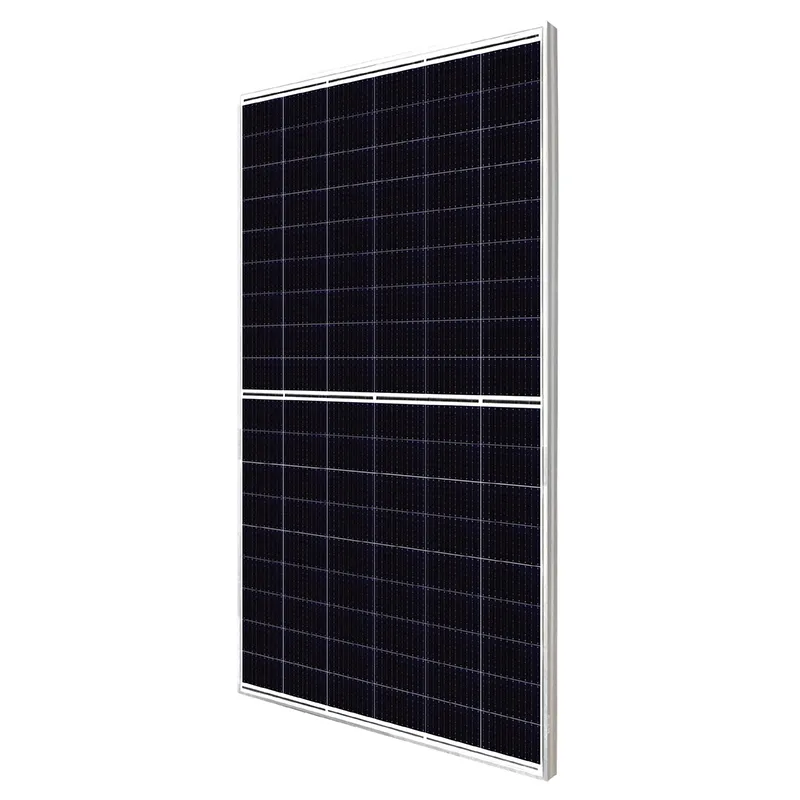on grid solar inverter 10kw
Understanding On-Grid Solar Inverters A Focus on 10 kW Systems
In recent years, the quest for sustainable energy solutions has taken center stage, with solar energy emerging as a viable alternative to traditional fossil fuels. Among the critical components of a solar energy system is the inverter, particularly on-grid solar inverters. This article will delve into the nuances of on-grid solar inverters with a specific focus on the 10 kW model, examining its functionality, advantages, installation considerations, and operational dynamics.
What is an On-Grid Solar Inverter?
An on-grid solar inverter, also known as a grid-tied inverter, is a type of inverter used in photovoltaic systems that are connected to the public electricity grid. Its primary function is to convert the Direct Current (DC) electricity produced by solar panels into Alternating Current (AC) electricity, which can be utilized in homes and businesses. On-grid systems operate in harmony with the utility grid, allowing excess electricity generated during peak sunlight hours to be fed back into the grid. This not only maximizes energy efficiency but also offers opportunities for energy credits or compensation, depending on local regulations.
Why Choose a 10 kW Solar Inverter?
A 10 kW solar inverter is particularly advantageous for residential and small commercial applications. This capacity can typically support the energy demands of larger households or small businesses with moderate energy consumption. For instance, a household that consumes between 300 to 800 kWh per month could benefit significantly from a 10 kW system.
One of the primary benefits of using a 10 kW inverter is its ability to handle larger energy loads without stress. This means that during peak load times, when energy consumption is at its highest, the inverter can efficiently convert sufficient electricity to meet demand. Moreover, having a higher capacity inverter allows for the potential addition of more solar panels in the future without the need for a complete system overhaul.
Efficiency and Performance
on grid solar inverter 10kw

Modern 10 kW on-grid solar inverters are designed with advanced technology to enhance efficiency. Many models boast efficiency ratings of over 95%, meaning that the majority of the DC electricity generated by solar panels is effectively converted into usable AC electricity. Furthermore, these inverters often come equipped with features like Maximum Power Point Tracking (MPPT), which optimizes the power output from solar panels under varying weather conditions.
In addition to efficiency, performance monitoring is a crucial aspect of modern solar inverters. Many 10 kW models offer integrated monitoring systems that allow users to track energy production, consumption, and overall system performance via smartphones or desktops. This transparency ensures homeowners and businesses can make informed decisions regarding their energy use, optimizing savings and efficiency.
Installation Considerations
The installation of a 10 kW on-grid solar inverter should be performed by a qualified professional to ensure compliance with local regulations and safety standards. Factors to consider include the inverter's placement, accessibility for maintenance, and connectivity to the existing electrical infrastructure. It is also essential to work with a reputable solar installer who can assess your unique energy needs and design a system that maximizes efficiency and returns on investment.
The Power of Net Metering
One of the most appealing aspects of on-grid solar inverter systems is the possibility of net metering. When your solar system produces more electricity than you consume, the excess energy can be sent back to the grid. In return, you receive credits on your utility bill, effectively reducing your overall energy costs. This feature is particularly beneficial during sunny days when solar production is high, allowing for savings that last throughout the year.
Conclusion
In summary, a 10 kW on-grid solar inverter represents a robust solution for homes and small businesses looking to transition to renewable energy. With its efficient energy conversion, compatibility with net metering, and ability to manage substantial energy loads, it stands as a reliable component of a solar energy system. As technology advances, the affordability and efficiency of solar inverters continue to improve, making solar energy an increasingly attractive option for sustainable living. Embracing solar technology not only contributes to environmental conservation but also fosters long-term savings and energy independence.
-
String Solar Inverter: The High-Efficiency Solution for Smart Solar EnergyNewsJul.14,2025
-
Revolutionizing Rooftop Energy with the Power of the Micro Solar InverterNewsJul.14,2025
-
Power Independence with Smart Off Grid Solar Inverter SolutionsNewsJul.14,2025
-
On Grid Solar Inverter: Powering the Future with Smart Grid IntegrationNewsJul.14,2025
-
Monocrystalline Solar Panels: High-Efficiency Power for the Future of Clean EnergyNewsJul.14,2025
-
Bifacial Solar Panel: A Smarter Investment for Next-Generation Energy SystemsNewsJul.14,2025







